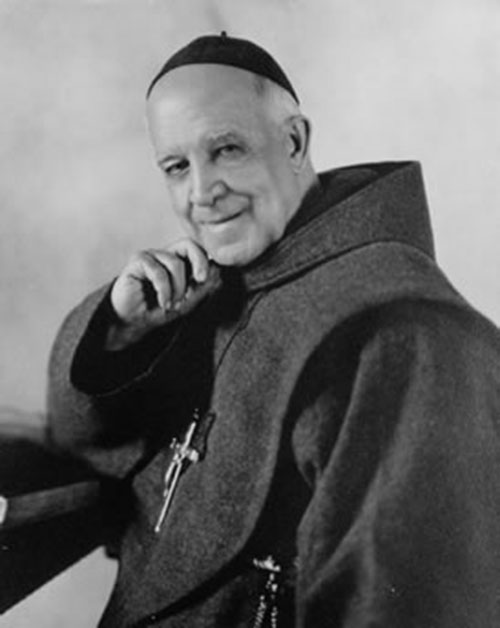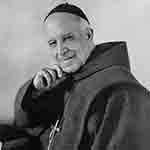
Northern Hemisphere Christians are praying for Christian Unity. Southern Hemisphere Christians will wait until June to do so.
In a comment on the site, Anglican Downunder, Bowman Walton recently gave a very helpful summary of the origin of the Northern-Hemisphere Octave of Prayer for Christian Unity:
In 1898, a priest and a lay woman organised The Society of the Atonement, an order for the religious life in TEC [The Episcopal Church] that was Anglican, Franciscan, and mildly papalist. Reviving the rule attributed to St Francis of Assisi in a farmhouse up the Hudson from New York City, their double community was overseen by TEC’s Bishop of Delaware. Nevertheless, for the sake of Christian unity, they also recognised at least the hypothetical primacy among bishops of the Bishop of Rome. Their ecclesiology seemed untenably contradictory to most of The Protestant Episcopal Church, and in 1909 the community was received as a whole into the RCC. But even as Episcopalians, the Society’s members had developed the Octave of Prayer for Christian Unity and had begun to urge Episcopalians and Catholics to pray it.
From late antiquity to 1960, a commemoration of the Chair of St Peter was observed in the Latin rite on January 18. In 1903, the Society proposed that this be supplanted with a week of intensive prayer begun with the Confession of St Peter on January 18 and ended with the Conversion of St Paul on January 25. Taken as a whole, this octave implicitly emphasises ecclesial unity over papal power, balances the Catholic and Protestant imaginations, and stresses evangelism as the whole Church’s mission. At that time, only Anglicans could have imagined these moves, and in the collects recited up here I detect TEC’s belated recognition that her persecuted Franciscans had been right after all. Two early C20 popes, Pius X and Benedict XV, recognised the brilliance of the Octave from the start, and approved the devotion for ecumenical use. In 2015, the RC Archdiocese of New York opened a *cause for canonization* of the Society’s founding priest, Father Paul Wattson.
So that it would sound less foreign to Protestant ears, the World Council of Churches promoted it as the Week of Prayer for Christian Unity. Observance of it here up yonder seems to have risen and fallen with the wave of ecumenism. But Down Under and elsewhere in the Southern Hemisphere, high summer has been adjudged a poor time to promote ecumenism for eight straight days. On your side of the world, I have been told, ecumenists interested in the devotion have transferred bits of it to other seasons.
More helpful information about Fr Paul here.
If you want to learn more about the Franciscan Friars of the Atonement, I encourage you to explore their website.
We, in the Southern Hemisphere, do indeed celebrate the Octave of Prayer for Christian Unity between Ascension Day and the Day of Pentecost, as originally suggested by the Faith and Order movement in 1926 and Pope Leo XIII in 1894.
If you appreciated this post, consider liking the liturgy facebook page, using the RSS feed, and/or signing up for a not-very-often email, …
Instagram’s @liturgy is the new venture – if you are on Instagram, please follow @liturgy.




I suppose if it’s good to do it once, it’s better to do it twice? Also tends in our area to be prayers ‘of unity’ – celebrating what we share and admitting to our sad divisions.
Thanks, Richard. Blessings.
Thank you for another interestive and informative post Fr Bosco: funnly enough, in this corner of Scotland (West Lothian) we are taking part in the Week of Prayer for Christian Unity this week, but also will be holding a similar ecumenical service at Pentecost.
Fr Bosco, the idea is good, but the means whereby this is done (at least nowadays) are bad. What I often see are services of patchwork of elements of different denominations, focusing first and foremost: (1) on the clergy; (2) on the patchworking. I like the way it is done in Norrköping: they alternate the holy Mass, in even years in a Swedish church, in uneven years in a Syrian church, with priests concelebrating, and observing the tradition of each one of the two traditions.
Thanks, George. The focus on the clergy is a perennial concern – I have a future blog post in mind again around an aspect of that. Blessings.